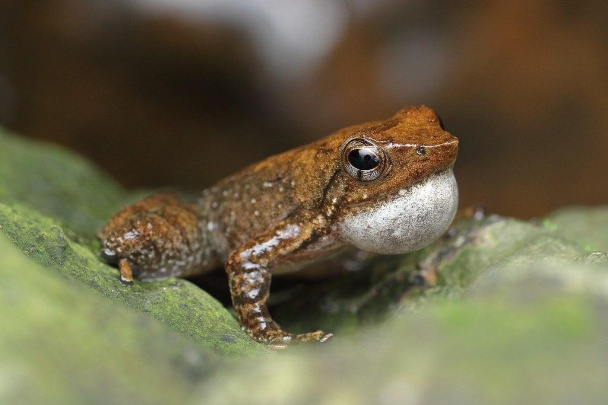Free Courses Sale ends Soon, Get It Now


Free Courses Sale ends Soon, Get It Now



Copyright infringement is not intended
Context: According to a new study; Kerala, Tamil Nadu and Karnataka host a large share of India’s threatened and endemic species of amphibians, birds and mammals.
About STAR score:
Threats to species:
What can be done?
https://www.downtoearth.org.in/news/wildlife-biodiversity/large-share-of-india-s-threatened-endemic-species-in-kerala-tamil-nadu-and-karnataka-study-82601
© 2024 iasgyan. All right reserved